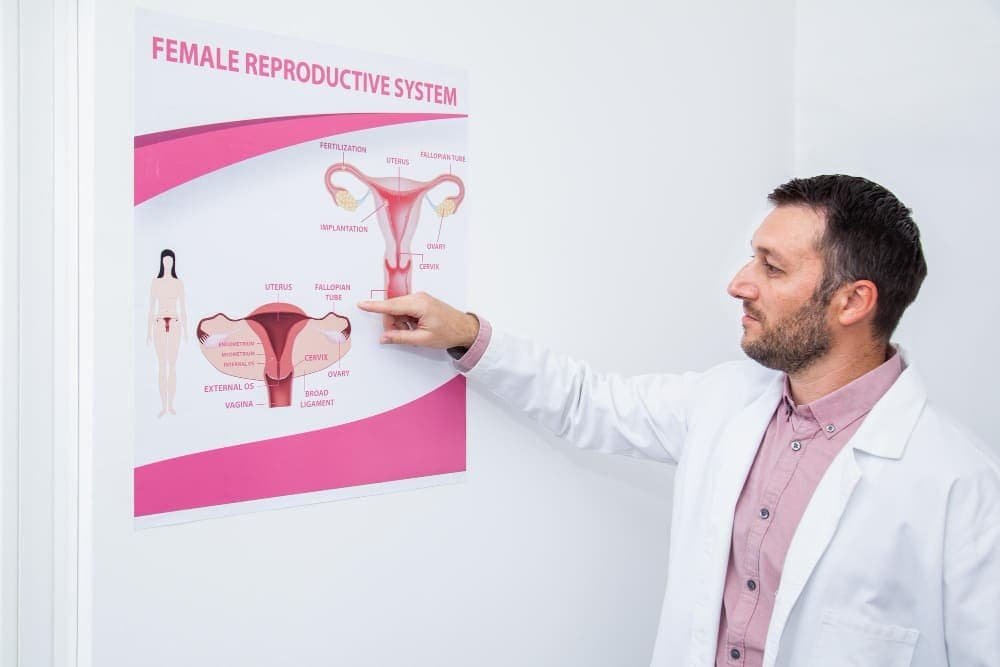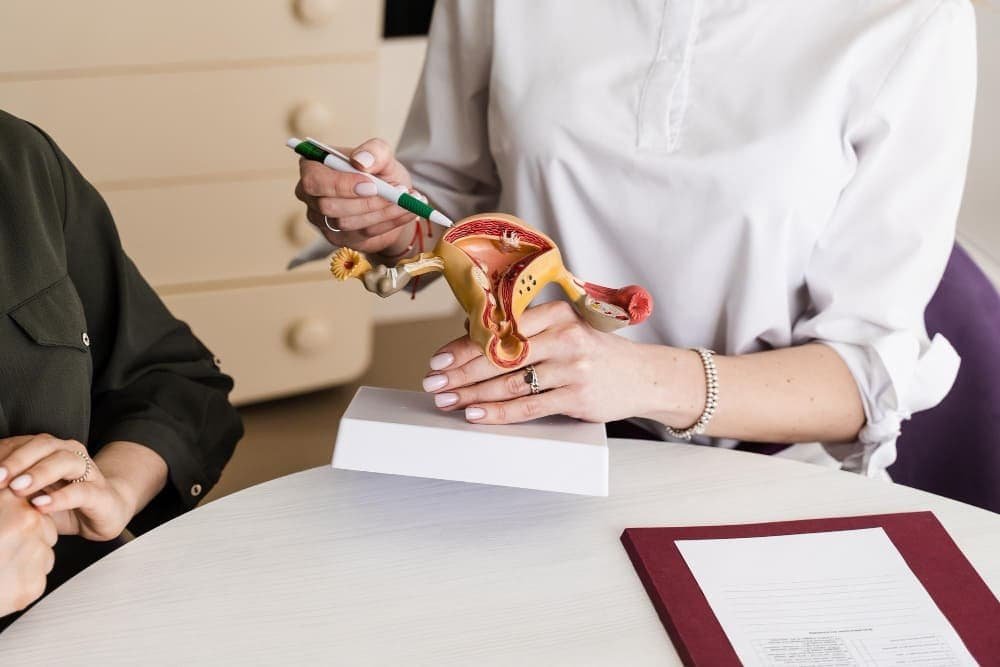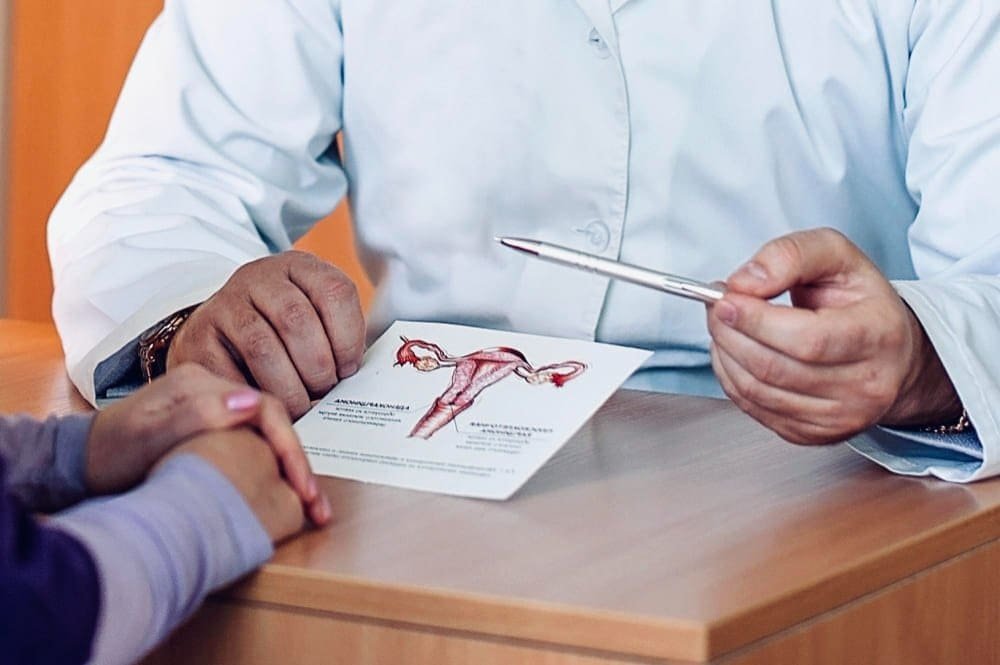Can adenomyosis be removed without a hysterectomy? Many women suffering from heavy bleeding and pain wonder if there are real alternatives to removing the uterus. Discover your options for effective, uterus-preserving treatment. 🌸
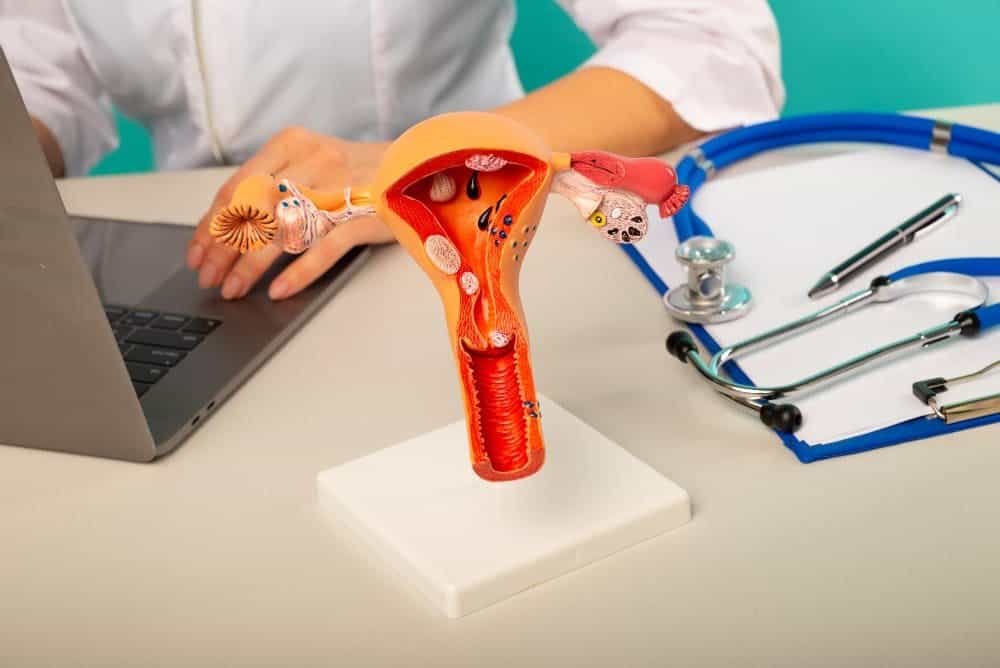
Understanding Adenomyosis: What Happens Inside the Uterus?
Adenomyosis is a condition where tissue similar to the lining of the uterus (endometrial tissue) grows into the muscular wall of the womb. This causes the uterus to become enlarged and often leads to severe symptoms like heavy menstrual bleeding, discomfort, and pelvic pain. While adenomyosis is sometimes confused with endometriosis or fibroids, it is a distinct condition, with its own set of challenges for women wishing to preserve fertility or avoid major surgery.
Symptoms often include:
- Chronic discomfort
- Pain during intercourse
- Intense pelvic pain or cramping
- Heavy or prolonged menstrual bleeding
- Pressure or bloating in the pelvic region
Some patients also experience symptoms similar to those caused by other uterine conditions, making a proper diagnosis crucial. Many adenomyosis sufferers are left searching for effective, uterus-preserving treatment alternatives, hoping to avoid a hysterectomy.
Why Is Hysterectomy Considered the “Definitive” Treatment for Adenomyosis?
For decades, the definitive treatment for severe adenomyosis was a hysterectomy—the complete surgical removal of the uterus. Hysterectomy eliminates the source of pain and bleeding by permanently removing the womb, making it a complete cure in most cases.
However, hysterectomy is not the only option.
Women wishing to preserve their uterus, future fertility, or avoid radical surgery often seek alternative treatments. Many patients, especially those who have not completed their families or wish to avoid early menopause, ask if adenomyosis can be treated, managed, or even removed without surgery.
Can adenomyosis be removed without a hysterectomy? (The Short Answer)
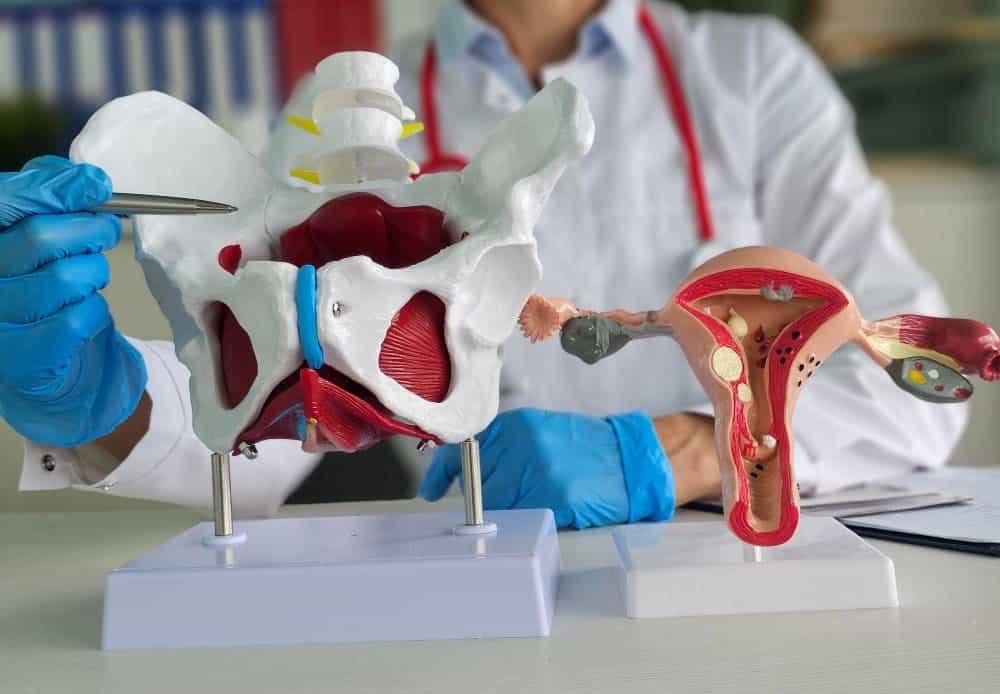
Yes, adenomyosis can often be managed, treated, and sometimes removed or reduced without a hysterectomy. Medical science has made huge advances in non-surgical treatment and uterus-preserving techniques. Today, many women can find relief without needing to undergo complete uterine removal.
Let’s explore your options. 👩⚕️
1. Medications and Conservative Treatments
Hormonal Therapy
Hormonal medications are commonly the first line of treatment. These can help control heavy bleeding and reduce pain for many patients. Options include:
- Birth control pills
- Hormone-releasing IUDs (intrauterine devices)
- Progestins
- GnRH agonists (to induce temporary menopause)
Hormonal therapy does not remove adenomyosis but can manage symptoms. Some women experience great relief, while others may not respond as well. The primary benefit is that fertility can often be preserved, making this a reasonable first option for women planning future pregnancies.
Drawbacks: Side effects, not always effective for severe cases, and symptoms may return if medication is stopped.
Non-Steroidal Anti-Inflammatory Drugs (NSAIDs)
NSAIDs like ibuprofen or naproxen can help manage pain and discomfort. While not a cure, they are often recommended for symptomatic relief.
2. Uterus-Preserving Procedures: Surgical and Non-Surgical
If medications do not provide enough relief, you can explore minimally invasive treatments or uterus-preserving surgeries.
Uterine Artery Embolization (UAE)
Uterine artery embolization (UAE), performed by interventional radiologists like Dr. Samir Abdel Ghaffar, is a highly effective non-surgical treatment of adenomyosis. UAE works by blocking the blood supply to the affected areas of the uterus, causing the adenomyosis tissue to shrink and symptoms to improve.
- No large incisions
- The uterus is preserved
- Recovery is much faster compared to traditional surgery
- Highly effective for many patients, including those with coexisting fibroids
Studies show UAE can provide long-lasting relief for most women, with significant reductions in pain and bleeding. It’s considered a uterus-preserving treatment alternative for women wishing to avoid hysterectomy.
Possible side effects: Mild pain or cramping after the procedure, temporary or rarely permanent impact on ovarian function.
Endometrial Ablation
Endometrial ablation is a minimally invasive procedure that destroys the lining of the uterus. It can help reduce heavy menstrual bleeding, particularly in women who do not wish to become pregnant in the future. However, it is not suitable for all types of adenomyosis, especially when the condition is diffuse or affects the deeper muscle layers.
- Quick recovery
- Not recommended for women desiring future fertility
Laparoscopic Adenomyomectomy
This surgical technique involves the removal of the adenomyosis tissue from the uterus while preserving the womb itself. It is more technically demanding than fibroid removal and is only an option for localized (focal) adenomyosis, not diffuse disease.
- Can significantly improve symptoms
- Allows some women to keep their uterus and even become pregnant
- Not always possible if the adenomyosis is widespread
Risks: As with any surgical procedure, there is a risk of bleeding, infection, or injury to surrounding structures.
High-Intensity Focused Ultrasound (HIFU)
A newer, non-invasive technique, HIFU uses focused ultrasound waves to destroy adenomyosis tissue without incisions. It’s a promising option, especially for women looking for a non-surgical, uterus-preserving solution, but its availability and long-term results are still being studied.
3. When Is Hysterectomy Still Necessary?
A total hysterectomy may still be recommended for women with:
- No future desire for pregnancy
- Other significant uterine conditions (such as cancer)
- Severe, diffuse adenomyosis not responding to other treatments
- Symptoms so severe they impact quality of life and can’t be managed otherwise
In these cases, surgical removal of the uterus is a proven, effective cure. But with modern alternatives, most patients do not need to rush to this option.
4. Weighing Your Options: Which Treatment Is Right for You?
Choosing the best treatment of adenomyosis depends on several factors:
- Age and overall health
- Desire to have children in the future
- Severity and type of adenomyosis (focal vs. diffuse)
- Personal preference for conservative, non-surgical, or surgical methods
- Response to previous treatments
It’s essential to consult an experienced healthcare provider or interventional radiologist to review all options, discuss risks and benefits, and develop a personalized plan.
Remember:
- There is no “one size fits all.”
- Non-surgical and uterus-preserving options are available.
- You are not alone—support and effective treatments exist. 💕
5. The Outlook for Adenomyosis Sufferers: Life After Treatment
With the variety of proven treatments now available, the outlook for women with adenomyosis is brighter than ever. Many patients find complete or significant relief and regain a better quality of life, often without the need for a hysterectomy.
Ongoing research and new techniques continue to improve outcomes and give women more choices, from hormonal management to minimally invasive procedures and non-surgical options.
FAQs About Adenomyosis and Its Removal
Q: Can adenomyosis be cured completely without removing the uterus?
A: In some cases, yes. Many women find long-term relief when they use treatments like UAE, hormonal therapy, or ablation. However, these options do not always cure adenomyosis completely, since some tissue may remain.
Q: Is hysterectomy the only option for severe adenomyosis?
A: No. There are several uterus-preserving treatment alternatives for many women, such as UAE, medications, or ablation, especially for those wishing to avoid hysterectomy.
Q: Does endometrial ablation cure adenomyosis?
A: Ablation can manage symptoms, but it may not remove deep muscle involvement. It is best for selected cases and may not be suitable for women planning future pregnancy.
Q: Can you get pregnant after uterus-preserving treatment?
A: Many women do go on to have successful pregnancies after procedures like UAE or adenomyomectomy, though there may be increased risks. Discuss your fertility plans with your doctor.
Q: What should I ask my doctor about my options?
A: Always discuss the type and severity of your adenomyosis, your symptoms, desire for future fertility, and all available treatment methods.
Conclusion: Hope for a Healthier Future Without Hysterectomy
For many women, adenomyosis can be treated effectively, safely, and without hysterectomy. Advances in interventional radiology, like uterine artery embolization, offer non-surgical treatment that eliminates pain and bleeding while preserving the uterus and fertility. Don’t settle for outdated advice—talk to your doctor or a specialist about all your options and take charge of your health today. 🌷
If you’re ready to explore proven, non-surgical solutions for adenomyosis, contact Dr. Samir Abdel Ghaffar for an expert consultation. Your comfort and future matter. ✨

 العربية
العربية 